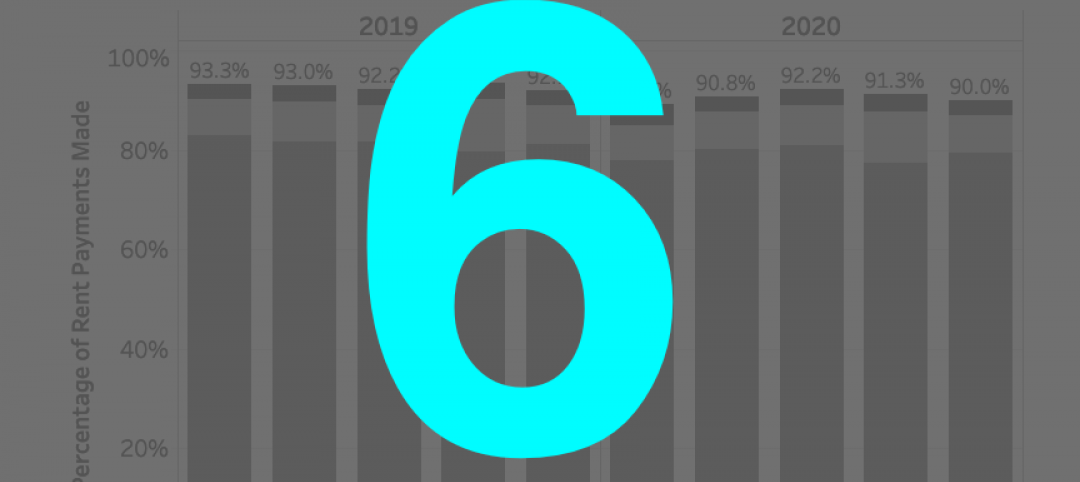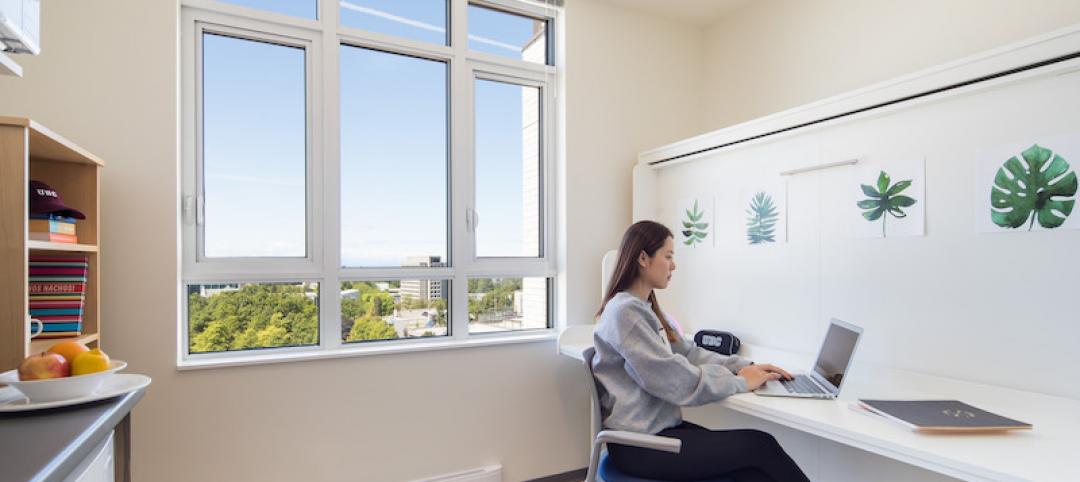On April 20, Marriott International, the world’s largest hotel chain, rolled out its plan to elevate its cleanliness standards and practices to meet new health and safety guidelines and guest expectations presented by the coronavirus pandemic that, as of early April, led to a nearly 80% decline in hotel occupancy in the United States, according to estimates by the hospitality analytics company STR.
Leaving aside the question of why it took a pandemic for Marriott to realize its cleanliness standards needed improving, the plan illustrates how all hoteliers will need to regain guests’ confidence that their properties are safe enough to stay in again without fear of viral infection.
Hotel developers are not sure yet when or to what degree their businesses will recover. They have their fingers crossed that it’s sooner than 2023, which is when Tourism Economics, a data and consulting firm, predicts global travel demand might resume its normal pace.
Urban hotels face more hurdles opening amid the coronavirus
“It is possible that hotels, focused on select service, in less dense, suburban areas might bounce back sooner due to price point, accessibility, and with a building structure that accommodates larger guest rooms and easier access via stairs,” says Shay Lam, Managing Director and Studio Creative Director for New York-based TPG Architecture, which is working on several hospitality projects that are scheduled to open this year, with a focus on responding to post COVID-19 realities.
Urban destinations, on the other hand, might have a harder time reactivating, says Lam. “Everything from density concerns to elevator capacity, and guest room sizes are challenges to overcome. This will all hinge on the industry’s ability to reassure guests that safety and security are paramount.”
To make their facilities safer, TPG is recommending to its hospitality clients that they address changes in three stages: “now,” “near,” and “future.”
“Right now, we are focusing on pragmatic changes such as reducing density in public areas that experience a high-volume of traffic,” says Lam. “We’re also adding clear signage for protocols such as distancing or navigation through a space, or instructions on operational things like how many people should get into an elevator and where to stand.”
For the “near,” hotels should start integrating touchless or voice technology so guests can have a hands-free, frictionless experience that begins at the entry point through the exit. It will also be crucial, says Lam, for hotels to maintain stringent, visible cleaning cycles, and find ways to sanitize commonly used areas, perhaps with air purifiers, steam sterilizers, or UV light sterilization methods.
Hotels will need to consider materials and furnishings that are not just cleanable, but antimicrobial. They must be able to resist heavy cleaning agents without damaging the surface.
Rethinking hotel design post COVID-19
The “future” presents opportunities to rethink hospitality, like changing the size ratio of public space versus guest rooms.
There might also be an increase in sustainable features: For many resorts, all-inclusive buffets are a selling point for those wishing to have the convenience and luxury of having a variety of meals. However, the idea of food laying around for extended periods of time, while being exposed to airborne particles, will not be considered glamorous anymore. Additionally, the waste associated with buffets is not environmentally friendly—leading hotels to provide pre-packed or made-to-order meals at all times.
For hotel staff, TPG is suggesting mandated uniforms that get cleaned and sanitized after every shift by the company, in addition to branded facemasks and hats, and an assortment of PPE (larger hotels and restaurants already do this), UV sanitation lights in the individual locker or cubbies, and of course lots of hand washing.
“The ability of all companies to alleviate staff and guest anxieties about health and security will be essential post-COVID,” says Lam.
Lessons learned from this pandemic, says Lam, find TPG and its clients looking beyond just the physical and aesthetics. “We will need to collaborate with and under the guidance of officials in tech, health, and government to find the right design solutions and strategies. We are seeing similarities throughout all the market sectors, so hospitality is not alone, just like no one is alone in this pandemic. Through developing a deep understanding of our clients and the concerns of their guests, we will be able to stay agile and tackle every challenge that comes our way.”
Related Stories
Coronavirus | Aug 27, 2020
8 must reads for the AEC industry today: August 27, 2020
Extended-stay hotels are the lodging sector's safest bet, and industrial real estate faces short-term decline.
Coronavirus | Aug 25, 2020
Co-living firm Common issues RFP for the future home office and work hub
Common, the U.S.’s largest co-living company, recently released an RFP for a “Remote Work Hub” to blend work and life from the ground up.
Coronavirus | Aug 25, 2020
Video: 5 building sectors to watch amid COVID-19
RCLCO's Brad Hunter reveals the winners and non-winners of the U.S. real estate market during the coronavirus pandemic.
Coronavirus | Aug 25, 2020
6 must reads for the AEC industry today: August 26, 2020
Big-box retailers’ profits surge, and rent payment tracker finds 90% of apartment households paying rent.
Coronavirus | Aug 25, 2020
7 must reads for the AEC industry today: August 25, 2020
Medical office buildings get a boost by demand and capital, and why the COVID-19 pandemic is increasing the need for telemedicine.
University Buildings | Aug 20, 2020
Student housing in the COVID-19 era
Student housing remains a vital part of the student and campus experience.
Coronavirus | Aug 17, 2020
Covid-19 and campus life: Where do we go from here?
Campus communities include international, intergenerational, and varied health-risk populations.
Coronavirus | Aug 10, 2020
Reimagining multifamily spaces in the COVID era
Multifamily developments pose unique challenges and opportunities.
Coronavirus | Aug 3, 2020
Exploring the airborne transmission of the coronavirus and strategies for mitigating risk
Health authorities say it’s important to understand the dangers of microdroplets. How might indoor ventilation need to change?
















